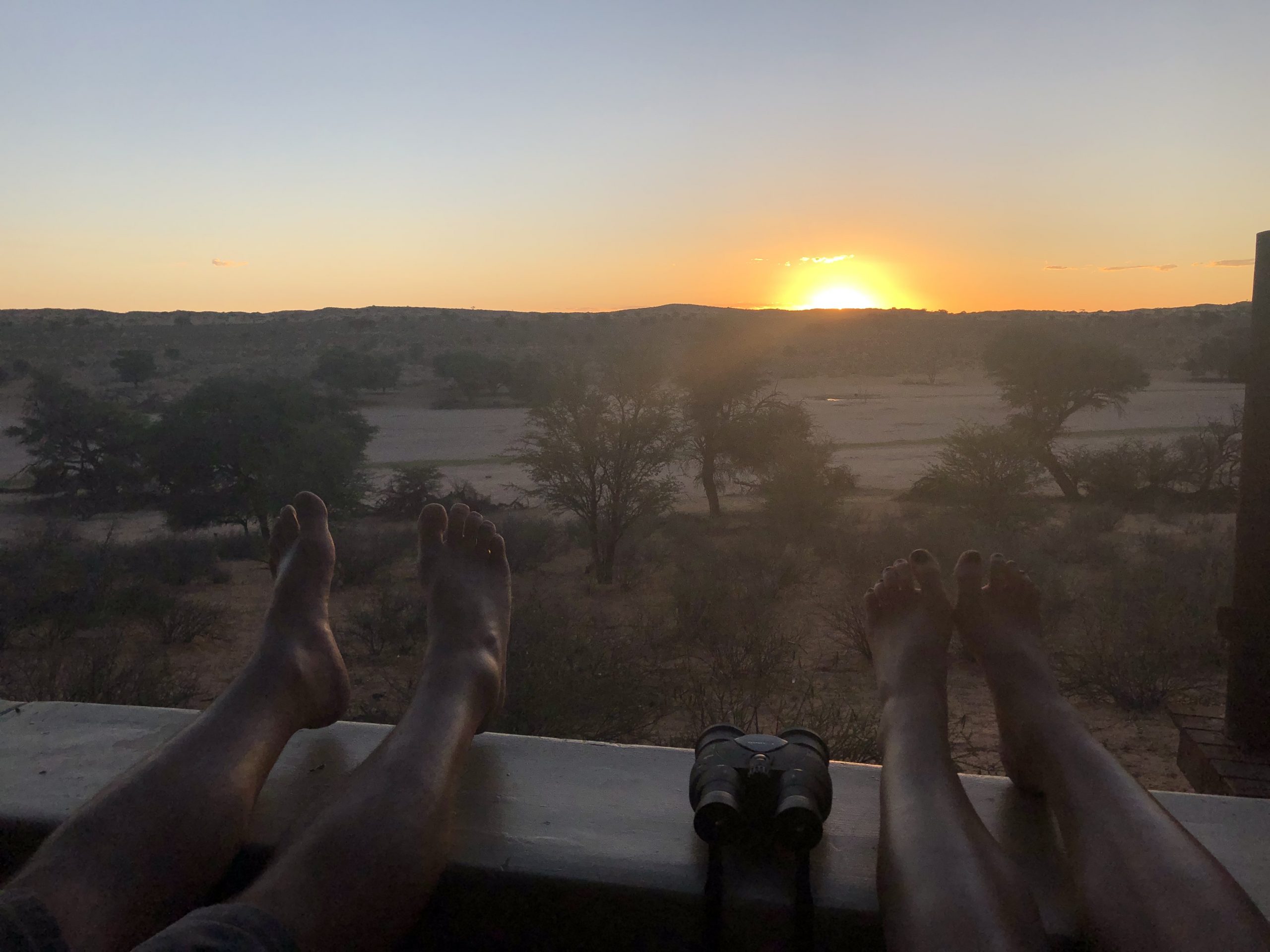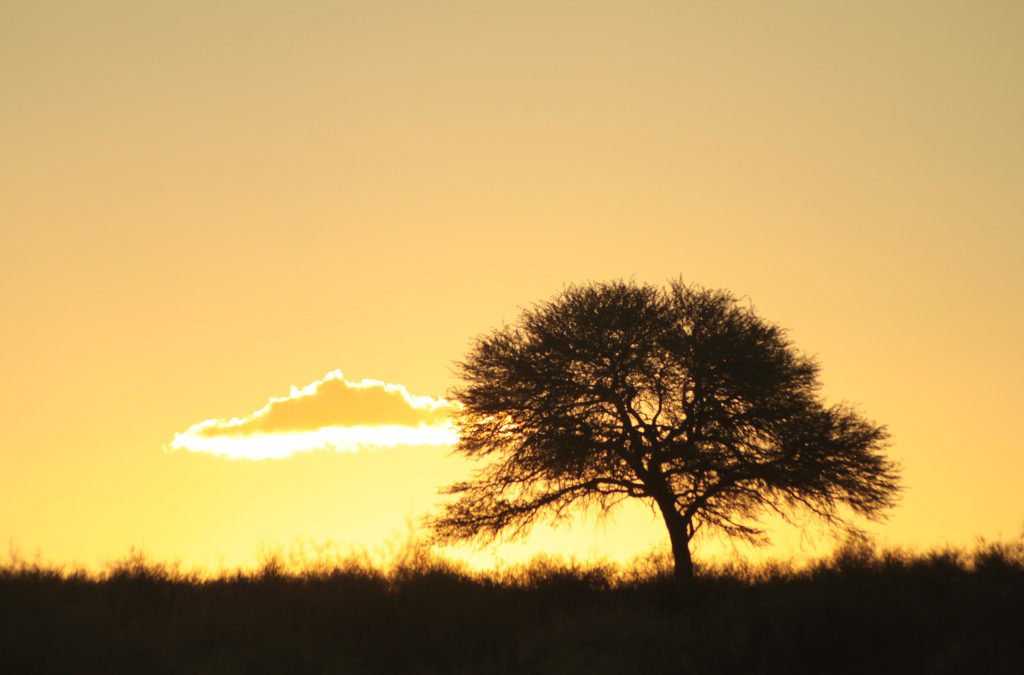Most visitors heading to the famed Kgalagadi Transfrontier Park stop in Upington for fuel and supplies. We added to this to-do list by having a tyre patched and, taking advantage of Tyremart’s complimentary coffees and Wi-Fi, phoning everyone we love to share the news of our hot-of-the-press engagement the day before. It was the least we could do before again disappearing off the grid for another week to celebrate our life event with the wilderness.
After a dryly unsuccessful attempt at an engineering joke with the fuel attendant at Twee-Rivieren about their sign requesting that tyre pressures should be deflated to 15 bar (instead of 1.5 bar), we entered the vast arid wonder that is the Kgalagadi. A national park requiring visitors to open and close park gates themselves score major brownie points with us – it is a definite sign of a remote wilderness.
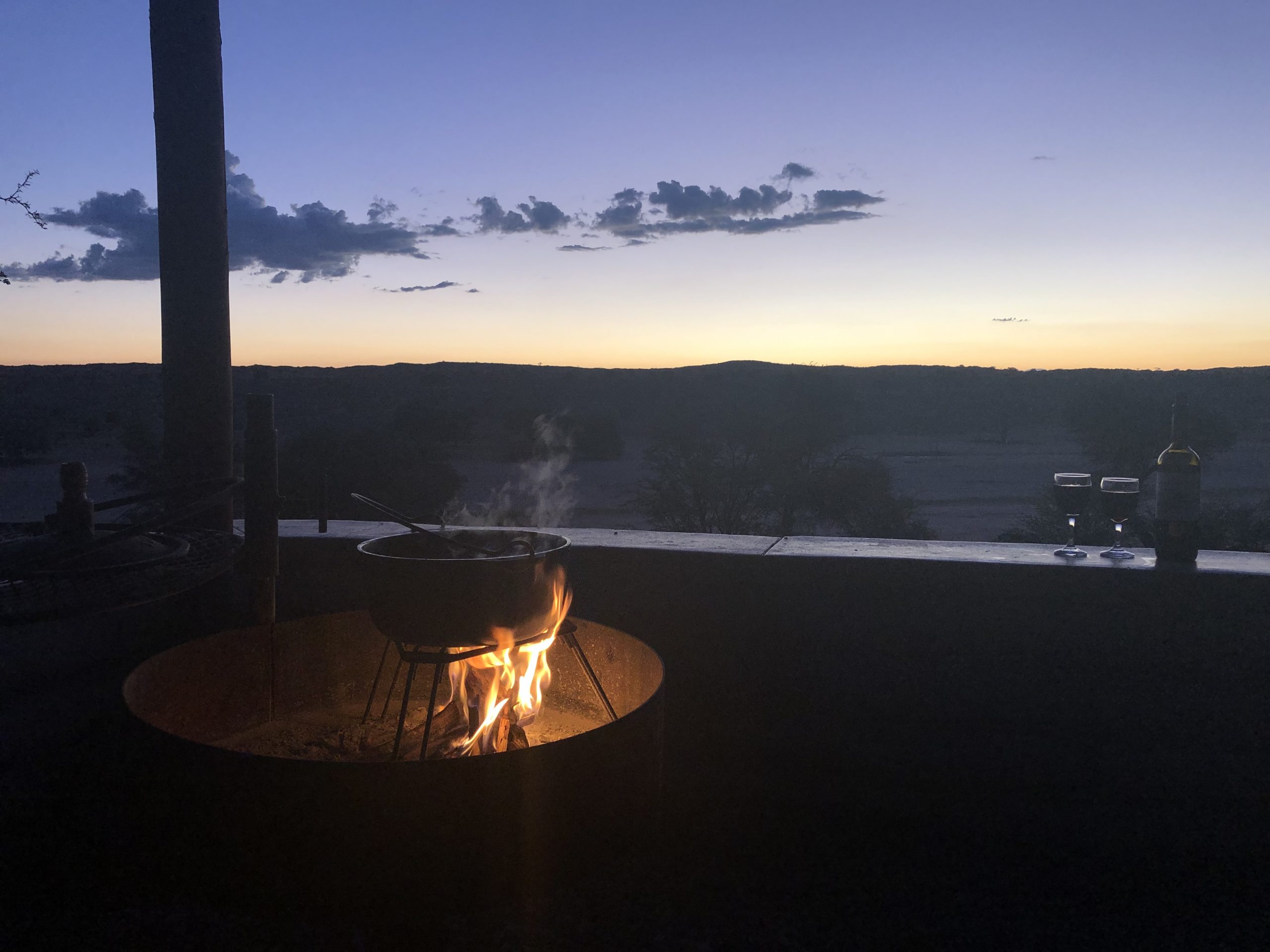

We made our way northwards in the Auob river. Yes, in the river – in the Kgalagadi the main dust roads follow the two ancient and dry Auob and Nossob riverbeds as these present the firmest surfaces between all the sand dunes. The road up to Mata-Mata was a good initiation to a few things quintessentially Kalahari: long sinkplaat roads, soaring midday temperatures, cheeky ground squirrels everywhere, even more birds of prey and camel-thorn studded vistas as far as the eye can see.
The Kalahari Tented Camp was our first destination. An unfenced camp where one can enjoy an elevated waterhole view from one’s safari tent veranda meant that the appeal was strong to just laze in camp for a day or two. But YOLO. So we spent the days patrolling the riverbed road from dawn to dusk, and rich were our rewards. Cape fox pups playing animatedly next to the road at sunset, overheated male lions napping in the shade of the Cruiser, and a cheetah kill were only some of the delights we were treated to. At Mata-Mata, we slept under the watchful eye of a nesting African white-faced owl and watched the comical antics of the resident meerkat family from our hammock.
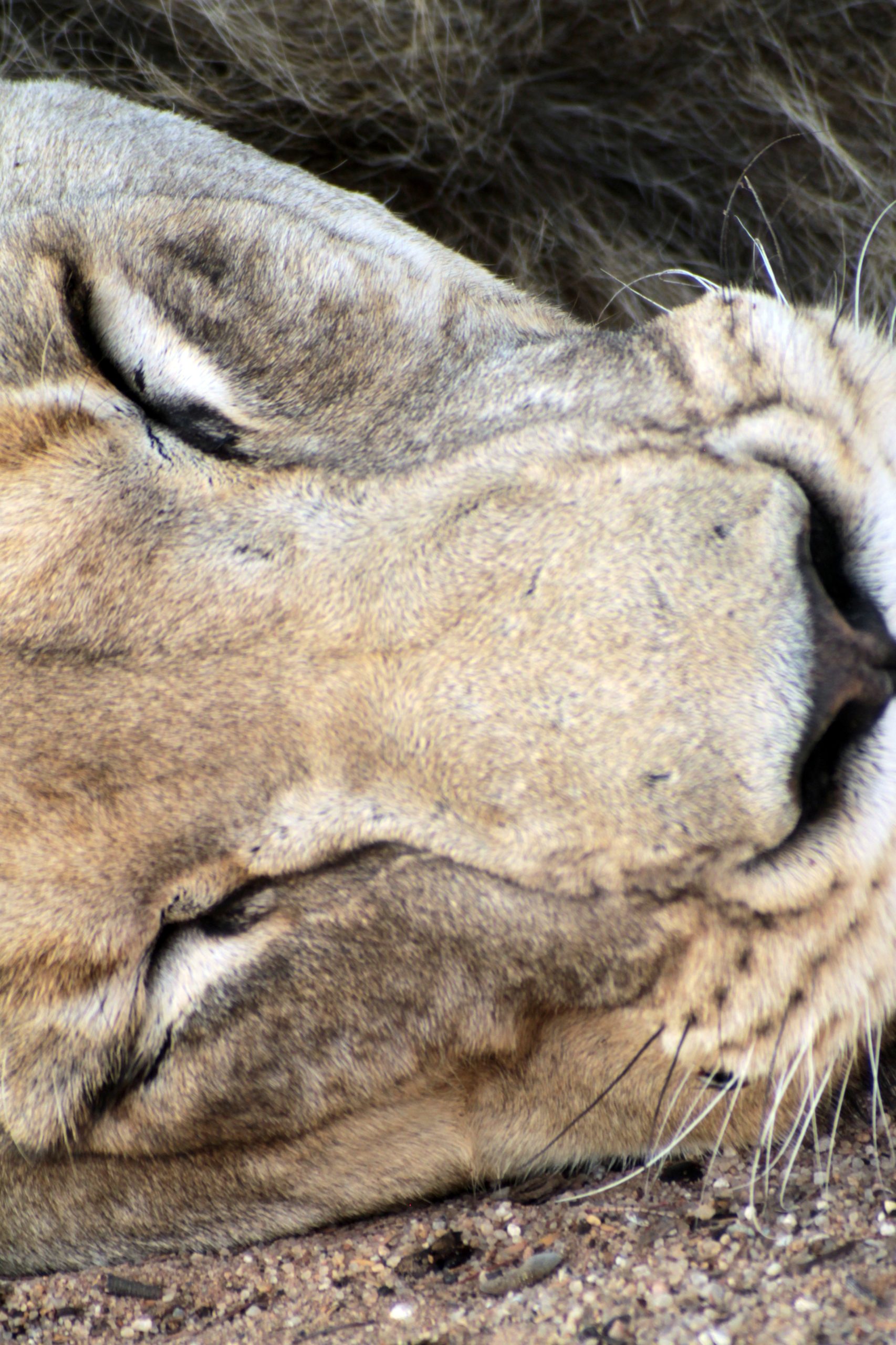

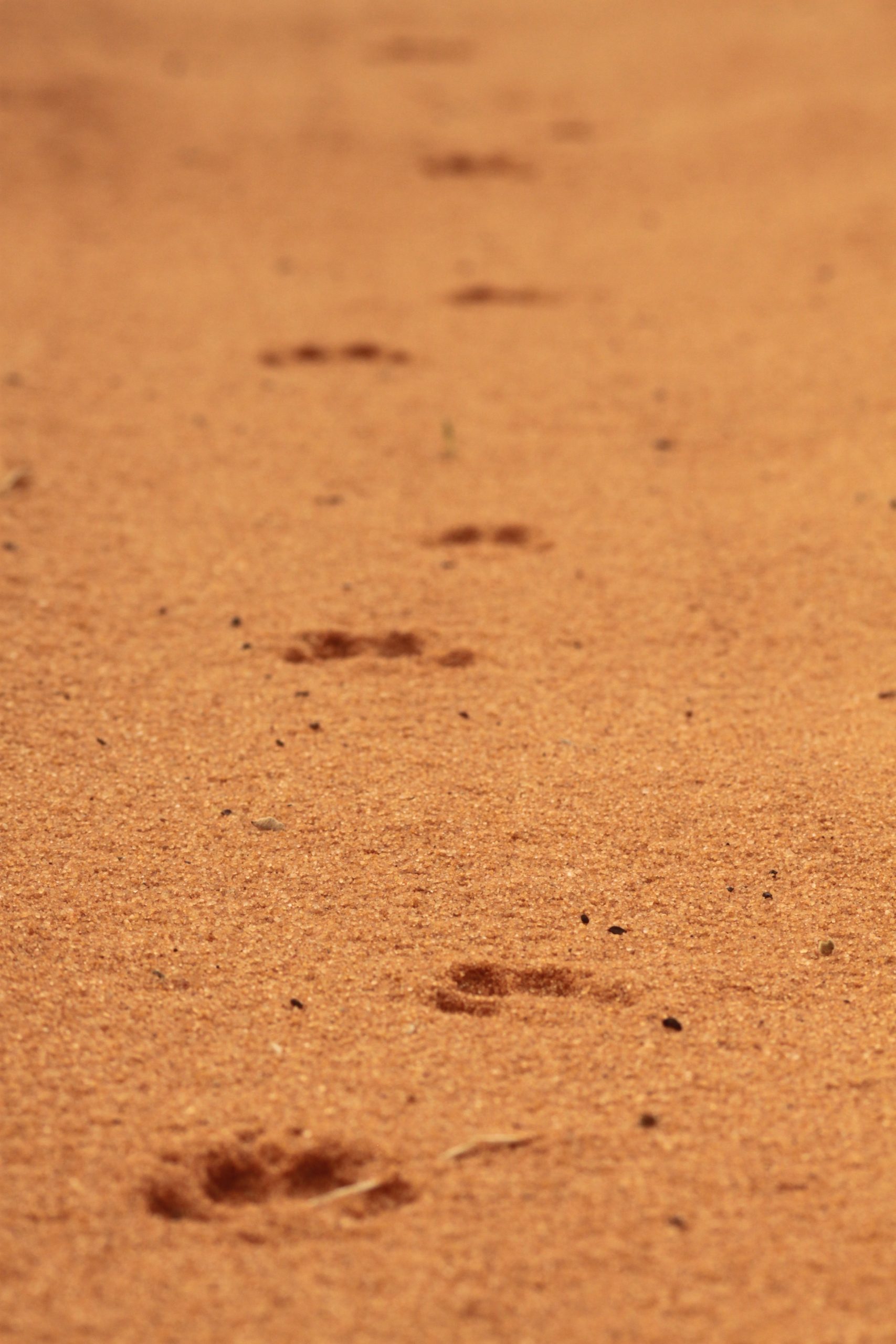
We visited Nossob camp next where we treated ourselves to a very touristy but informative night drive. Watching the ‘pro-photographer’ guests working their 600mm lenses at night with flash and auto-focus was almost as entertaining as the spotted eagle owls, barn owls, cape cobra and spring hares. Local field guide, gate keeper, fuel attendant and general all-rounder Anél shed very fascinating light on floral secrets of the desert such as the Swarthaak, Driedoring and Tsamma and showed us the nest of a black-tailed tree rat.
The next morning we chanced upon not one but two African wildcats taking advantage of the previous night’s rain flooding rodents from their burrows. Just north of Nossob we looked upon the road leading to Botswana’s remote Mabuasehube section with longing eyes (forthcoming attraction). Back at the camp’s fabled hide we enjoyed a pair of hunting lanner falcons, with one preparing an unsuspecting Namaqua sandgrouse as a flattie for brunch.
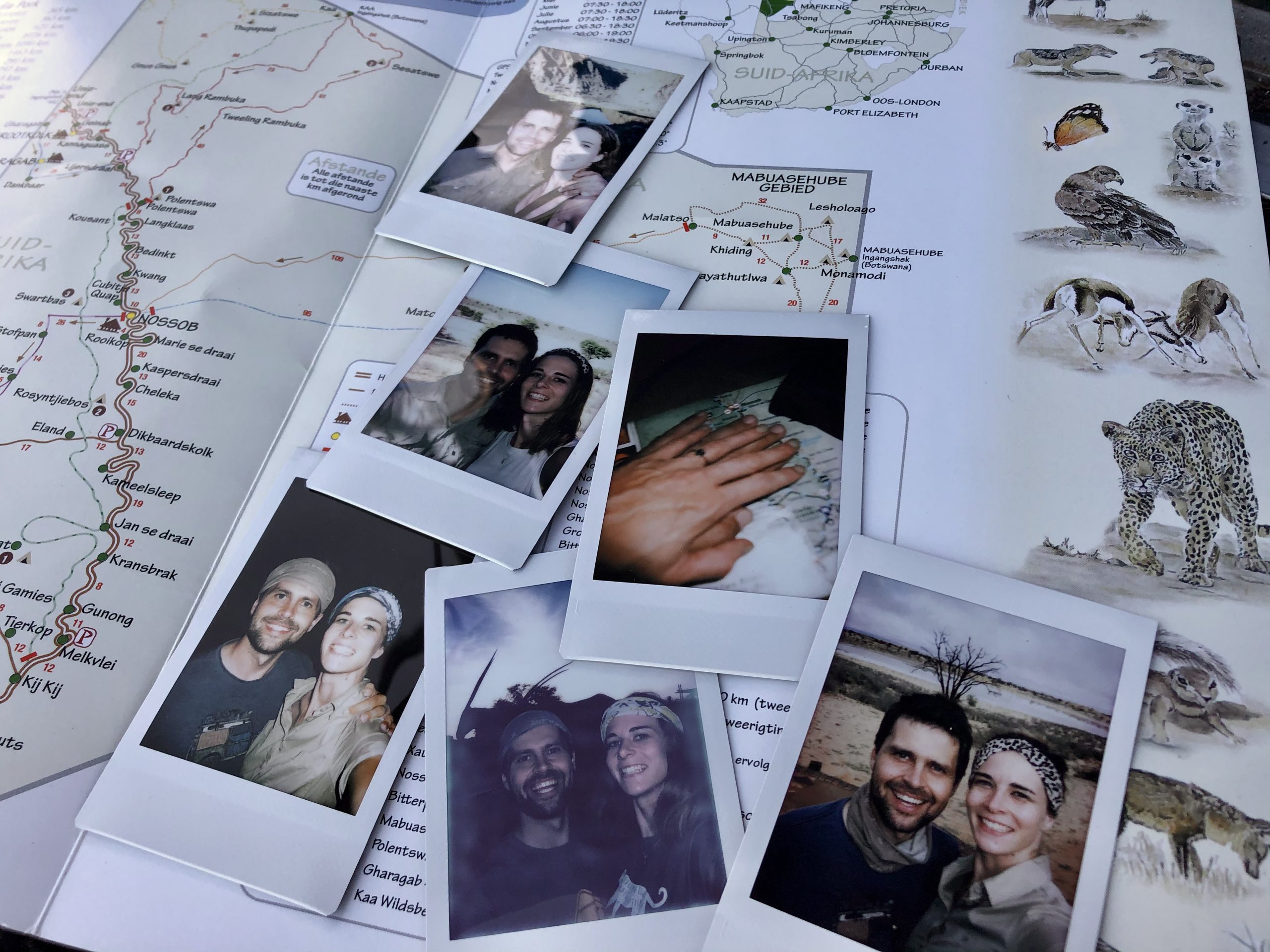
Behind the camp is a little locked gate leading to a jeep track with an inconspicuous sign reading Bitterpan 4×4 Trail. If they had our curiosity, now they had our attention. We took this one-way dune road to the charismatic Bitterpan – nothing more than four tents overlooking a very large and very isolated pan. Strange how far one will travel to experience true remoteness. An afternoon summer rainstorm electrified the endless horizon and ensured our lamb potjie was even more unforgettable – made indoors on gas between two beds.
Our last morning drive through the dunes involved fresh rooikat tracks, Kalahari scorpions, a Ludwig’s bustard, and a curious group of gemsbok. Upon reaching the main road, we realised it must have rained more than a little (remember what we said about the road in the riverbed…). Whilst the drive back to Twee-Rivieren was a 4×4 adventure in itself, we were left in awe at how there were suddenly water birds showing up, on a day’s notice, in the newly formed pans in the middle of the desert.
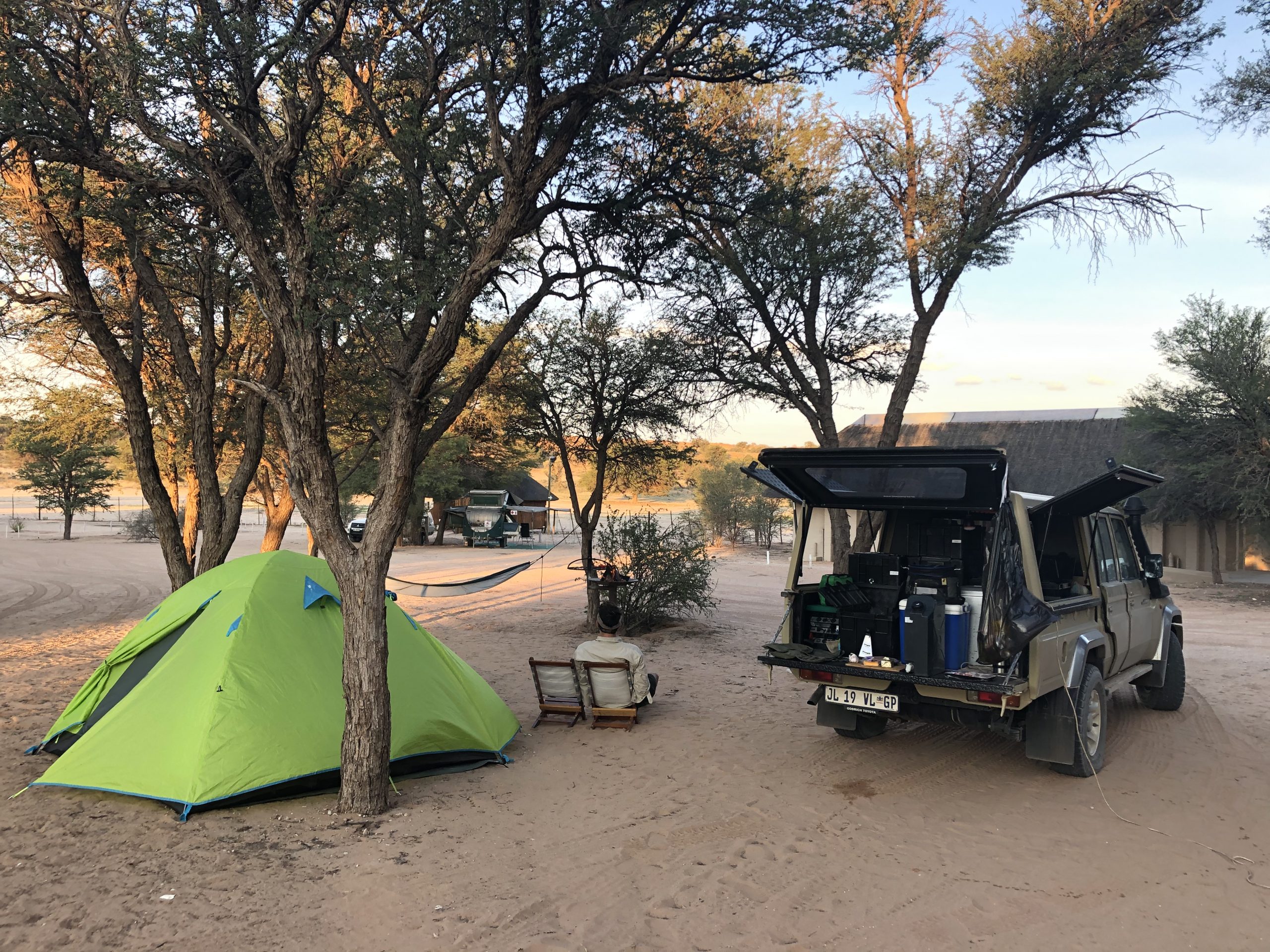
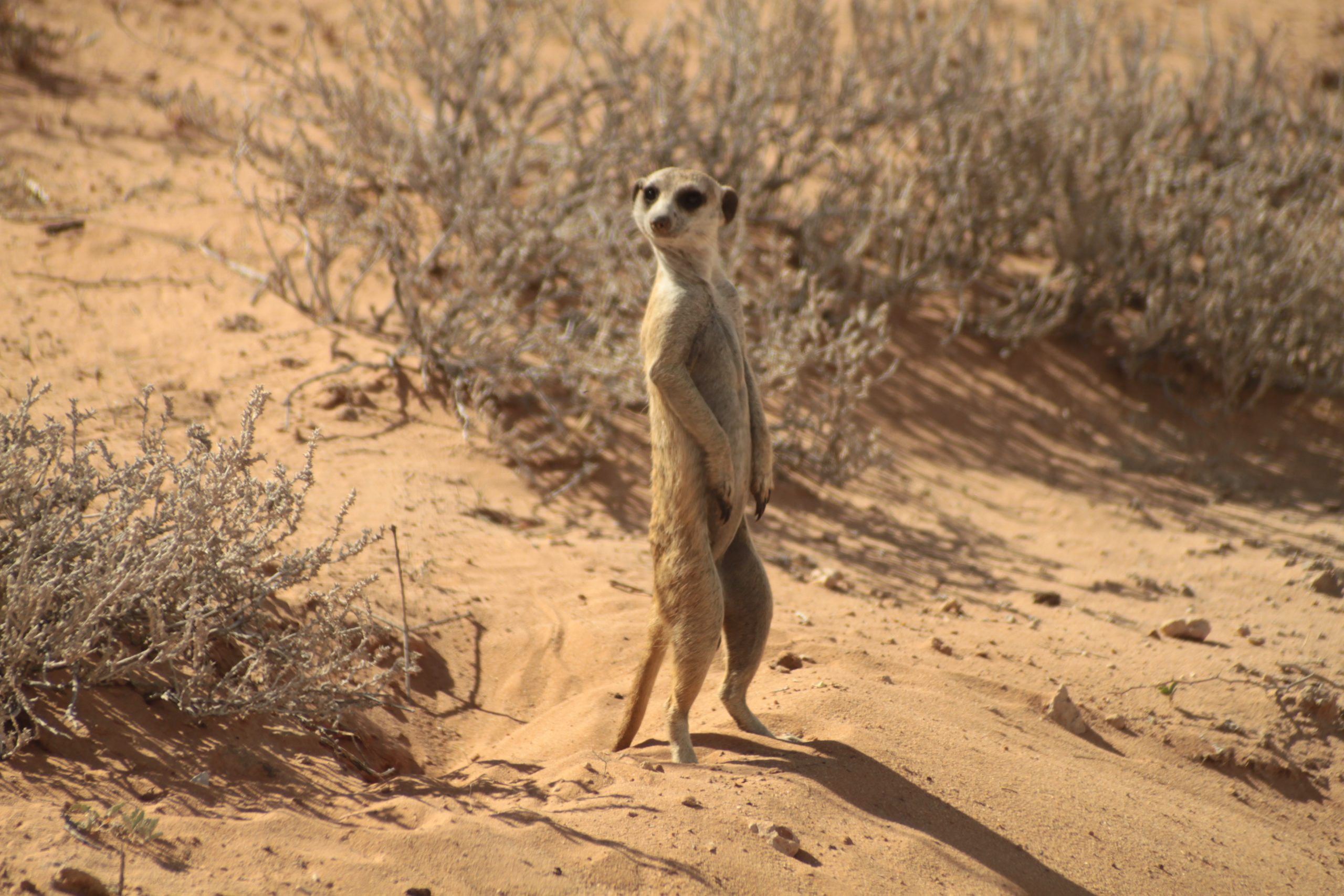
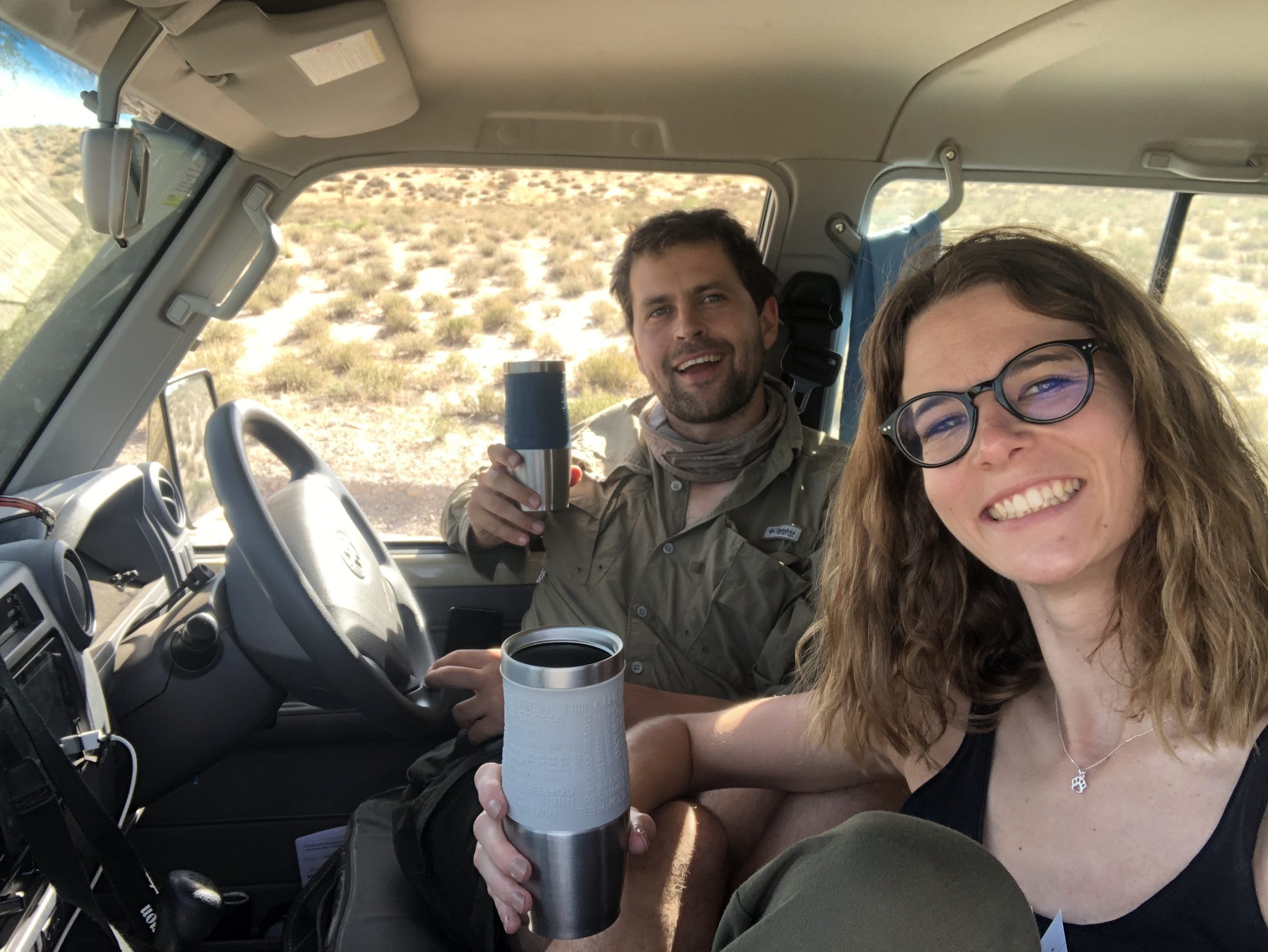
We left with our horizons widened, bird lists lengthened, appreciation for arid biomes deepened, and hearts filled. You don’t go to the Kgalagadi only for the fabled big cat sightings, the endless vistas, the sound of barking geckos, the treat of raptors and meerkats galore, the deep-red sunsets or the crackling campfires under a milky way. But if you do, it is very likely that you will return. We know we will.
